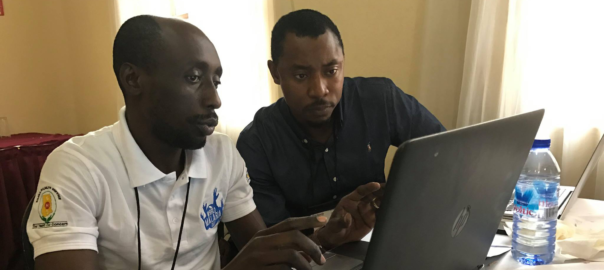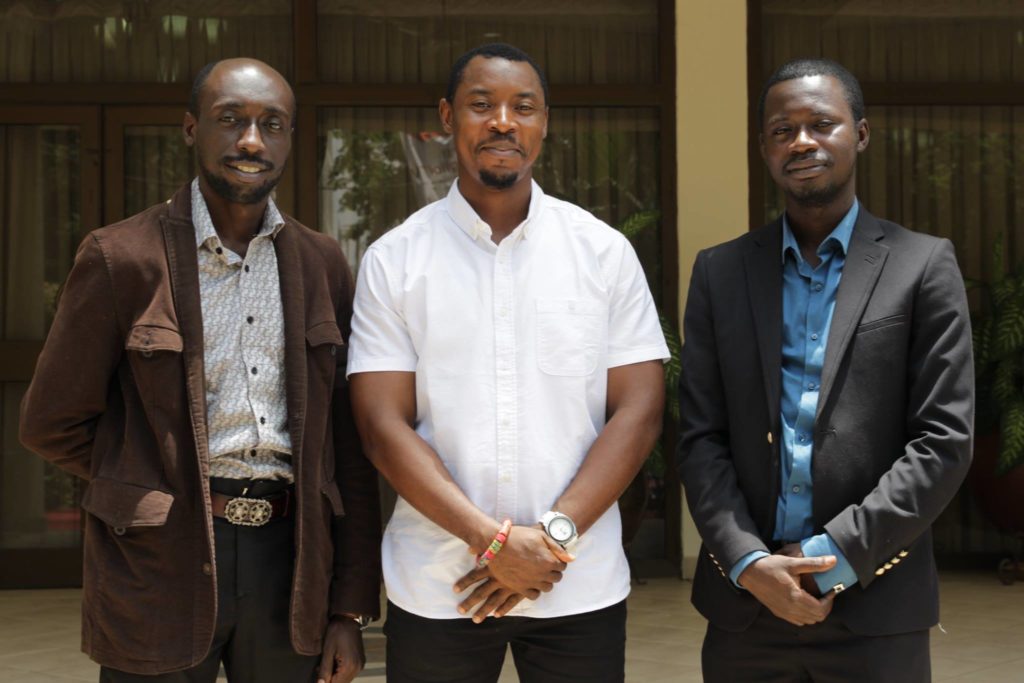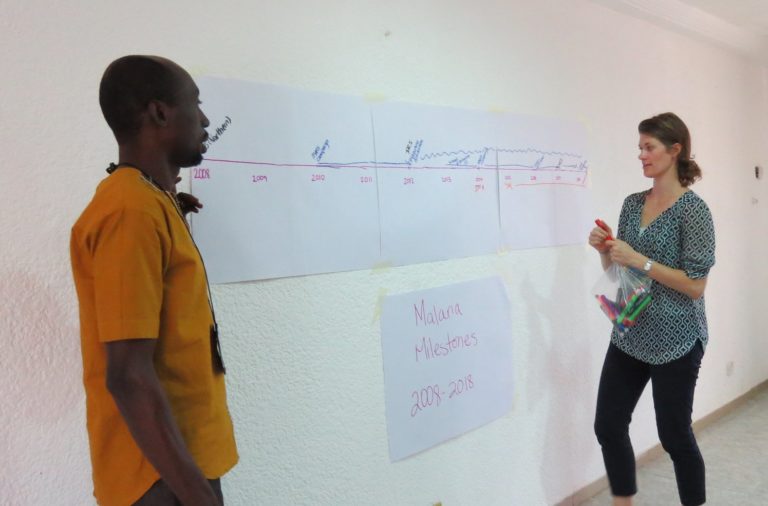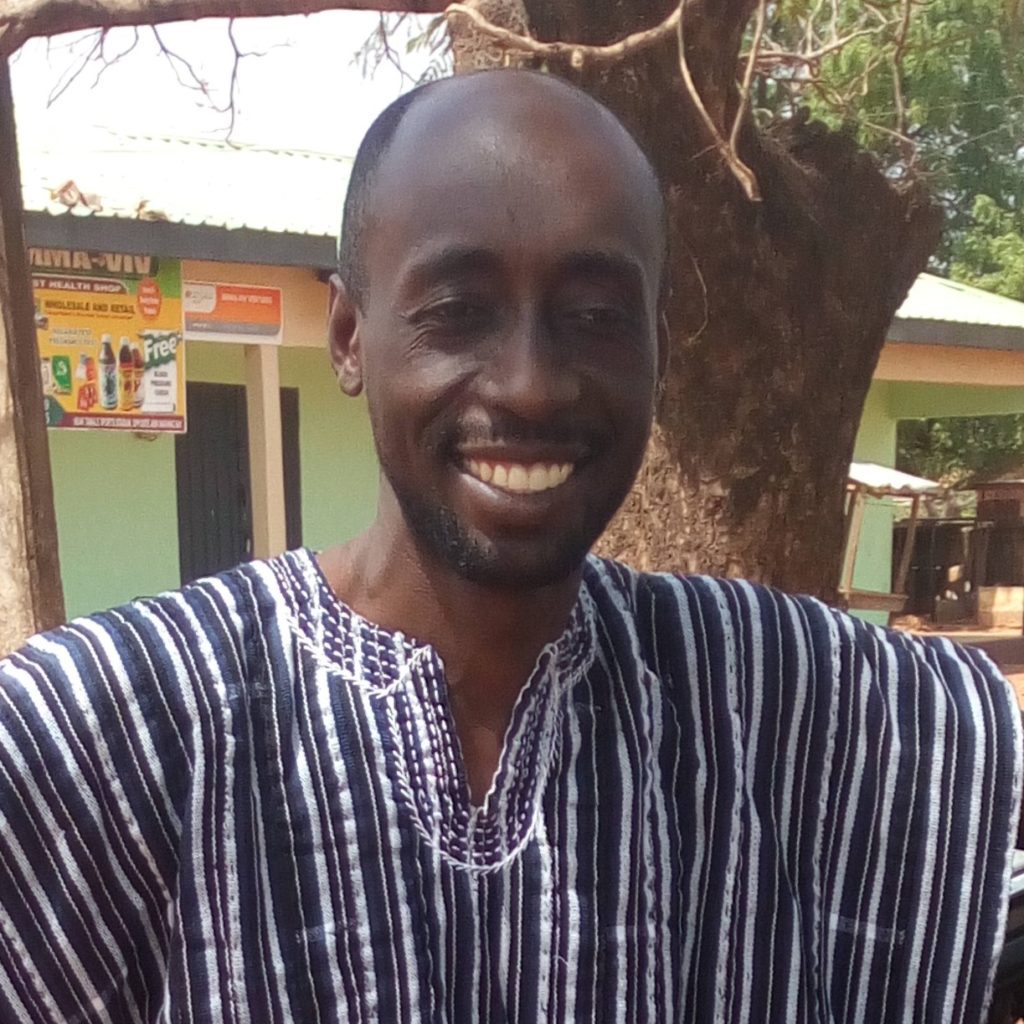DHS Data Users: Samuel Oppong, Ghana National Malaria Control Programme

If you are interested in being featured in the ‘DHS Data Users’ blog series, let us know here by submitting your example of DHS Program data use.
How are you involved in DHS Program surveys and analysis workshops?
My first time working on a DHS Program survey was for the 2016 Ghana Malaria Indicator Survey (GMIS). I helped with fieldwork monitoring and report writing. After the 2016 GMIS, I participated in the 2017 Regional DHS/MIS Malaria Analysis Workshop. At this workshop, I worked with my team members from the Ghana National Malaria Control Program (NMCP) to write an abstract, “Factors Influencing Malaria Prevalence in Children Under 5,” using the 2016 GMIS data.

the 2017 DHS/MIS Malaria Analysis Workshop. © ICF
I then transitioned from being a workshop participant to a workshop co-facilitator, facilitating the 2017 Regional Malaria Indicator Trends Workshop in Uganda. This workshop brought together NMCP monitoring and evaluation (M&E) program managers from Liberia, Malawi, Nigeria, Sierra Leone, and Uganda to examine trends in malaria indicators.
More recently, I co-facilitated the 2018 Ghana Malaria Trends Workshop. This workshop brought together district malaria health officers to analyze trends in household survey indicators in Ghana. This was a great workshop because I was able to work with the data I am most familiar with! The output from this workshop is published on The DHS Program website.

Ghana Malaria Indicator Trends Workshop. © ICF
How has NMCP used DHS data for programmatic decision making?
After the release of the 2016 GMIS, NMCP noticed a low uptake of artemisinin-based combination therapy (ACTs) in the Northern region, but the use of SP/Fansidar was high, which is not a recommended treatment for malaria in children. This triggered us to do additional research to figure out what was going on in this region and investigate which outlets were distributing SP. We realized that people were not receiving SP from public health facilities but from private clinical shops and other drug peddlers. The 2016 GMIS results provided a snapshot of the malaria case management situation in the Northern region and provided us justification to explore further. To solve this problem, NMCP implemented a sensitization activity to ensure people in the region know the recommended treatment and sources to get the correct treatment.
Another example of evidence-based decision making was the implementation of a malaria sensitization campaign using data the 2016 GMIS. Malaria prevalence by microscopy in the Eastern region increased between the 2014 GDHS and 2016 GMIS. This was a worrying trend because in Ghana we normally only see high malaria prevalence in the Northern and Upper West regions. NMCP looked more critically at the 2016 GMIS results and saw that while insecticide-treated net (ITN) ownership was high, the proportion of people who recognized the cause and symptoms of malaria was very low. As a result, NMCP implemented a community level sensitization activity in four districts of the Eastern region.
How do you use MIS survey data during your daily job?
I recently collaborated on a research paper using DHS data. The paper, published in The Malaria Journal, used survey data from the 2014 GDHS and the 2016 GMIS to examine ITN use behavior by exploring how several household and environmental variables related to use among Ghanaians with access to an ITN. This further analysis paper has been extremely helpful for programmatic decision making here at NMCP.
What data are you looking forward to in the upcoming 2019 GMIS?
I am interested in further examining the information about the type of nets in households. NMCP finished a mass long-lasting insecticidal net (LLIN) distribution campaign in 2018 and implemented a school-based piperonyl butoxide (PBO) net distribution campaign in 2019. The 2019 GMIS results will provide information on the reach and use of these nets across Ghana as well as where people obtained their nets.
Written by: Samuel Oppong

Samuel Oppong is a Monitoring and Evaluation Specialist with the Ghana National Malaria Control Programme. He coordinators M&E activities in vector control interventions, routine data quality audits, and SMC. He is involved in capacity building of national, regional, district and health facility staff on capturing, reporting, and analyzing malaria-related data from routine health information systems as well as other malaria data sources. He also leads capacity building programs of national, regional, and district staff on conducting data quality audits as well as onsite training, supportive supervision (OTSS) on malaria data management.

